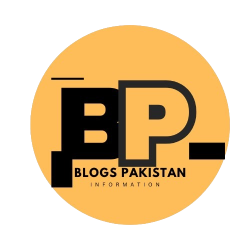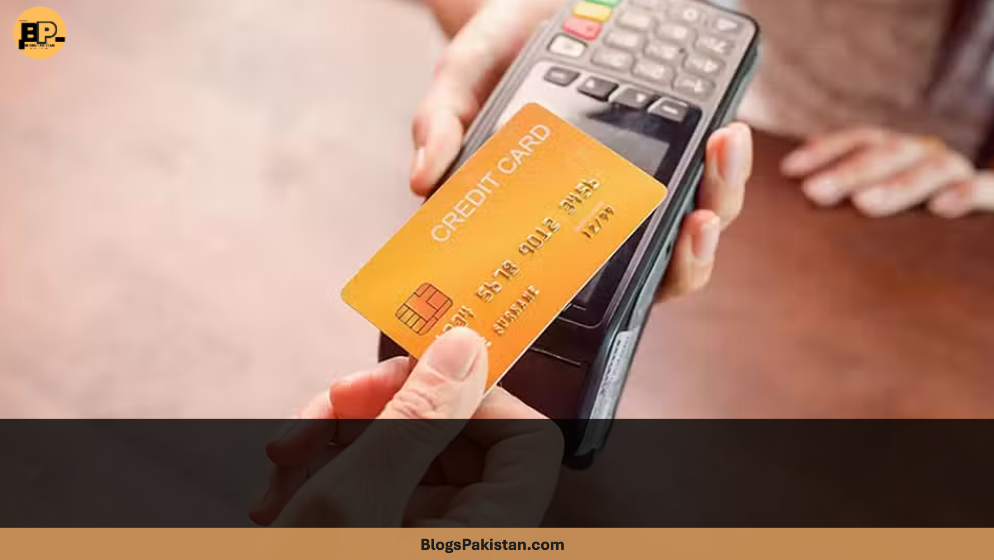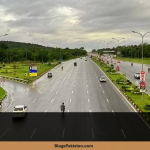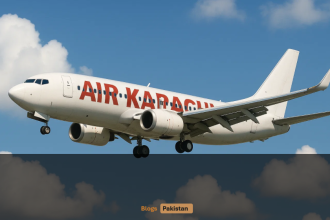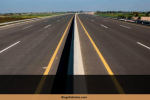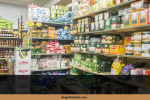Welcome to the Digital Showdown: Pakistan’s Push for a Cashless Economy
Pakistan Ever tried standing in a never-ending government office queue, clutching a stack of payment receipts and silently cursing the universe? Well, if Prime Minister Shehbaz Sharif gets his way, those days are numbered. No more wrestling with paper forms or waiting for a sleepy cashier to finish his chai break. Pakistan is putting cash in the rearview mirror and flooring the accelerator on digital payments, with RAAST at the wheel.
If you’re in Pakistan or India and watching the global sprint towards cashless societies, buckle up. Let’s dive into how Pakistan is mapping out its digital payment destiny—and why this matters more than just saving you a trip to the bank.
What’s RAAST and Why Is Everyone Talking About It?
Let’s clear up the jargon before we go on. RAAST is Pakistan’s flagship digital payment platform, designed to make money move faster, cheaper, and way more transparently. It’s not just an app; think of it as the new digital backbone for the country’s payments—whether it’s paying your electricity bill, receiving your monthly pension, or sending money to your cousin who always forgets his wallet at chai time.
Prime Minister Shehbaz Sharif has set a hard deadline: by September, RAAST will have its own Board of Directors and Chairman, packed with finance and business experts. The mission? Make Pakistan a cashless, transparent, and, most importantly, convenient place to live and do business.
Why the Big Rush Now?
You might wonder: why does the government care so much about digital payments? Here’s the deal:
- Transparency: Digital trails mean less room for corruption and ghost payments. No more envelopes stuffed with mystery cash.
- Convenience: Forget the queues. Pay your bills, taxes, or fines with a tap.
- Growth: Easier, faster payments boost businesses—especially small and medium enterprises (SMEs) that are tired of chasing cash payments.
- Financial Inclusion: Digital platforms are the on-ramp for millions who don’t have a bank account (yet).
The Prime Minister has one clear message: digitize everything—especially government transactions, small business payments, and public services.
From 95 Million to 120 Million: Chasing the Digital User Boom
Right now, Pakistan boasts 95 million mobile banking and digital app users. Impressive, but the target is even bigger—120 million. That means more than half the country transacting with a smartphone, not a wad of notes.
Digital payments in Pakistan currently clock in at Rs. 7.5 billion. The ambition? Double it to Rs. 15 billion. If you’re in fintech, mobile banking, or just like the idea of paying your fruitwala with a scan, these are thrilling times.
QR Codes: The New National Currency
Remember when QR codes were just a weird tech fad no one really used? Not anymore. The State Bank of Pakistan is making QR codes the heart of digital payments. The goal is to ramp up commercial payment points using QR and other digital tools from 500,000 to a whopping 2 million.
It’s not just for fancy malls, either. Expect to see QR codes at your local dhaba, on rickshaws, in government offices, and everywhere money changes hands. The government is even scrapping import duties on digital payment devices to make this dream a reality.
Sweeping Reforms: From Salaries to Contractors
This isn’t just talk. The government has already mapped out all inter-department and inter-government payments. The plan? Move everything digital—starting with salaries, pensions, and payments to contractors. No more mysterious “delays” or lost cheques.
The Islamabad City App is now fully integrated with RAAST, so city services and payments are at your fingertips. Next up: public Wi-Fi and e-libraries in Islamabad by December 2025. The digital infrastructure is expanding, and even your casual tea break in the park might soon have a Wi-Fi hotspot.
What About Security and Trust?
Of course, with great digital power comes great digital responsibility. That’s why a third-party validation process is being rolled out for the digital public infrastructure. If you’re worried about your data, passwords, or some evil hacker plotting to steal your biryani order money—rest a bit easier.
The new Board for RAAST will also feature top-notch finance and security experts to ensure every rupee is traceable, secure, and protected. Think of it as a digital fortress around your bank balance.
Public Awareness: From Skepticism to Scan-and-Pay
Let’s be honest—many folks still trust cash more than a phone app. That’s why a massive public awareness campaign is launching soon. Get ready for social media blitzes, TV ads, and maybe even your favorite cricket stars telling you to “Scan karo, payment karo, life aasan banao.” The aim is to bust myths and show everyone—urban or rural, young or old—how easy and safe digital payments can be.
Why Should You Care? (Even if You’re Not a Banker or Techie)
- For Entrepreneurs: No more cash headaches. Get paid instantly, keep better records, and grow your business faster.
- For Students and Pensioners: Receive money directly, without waiting for a physical cheque or a friendly “chai paani” nudge.
- For Everyone: Save time, skip the lines, and even get access to new financial products and services you never dreamed of.
A cashless economy means fewer losses, less corruption, and more opportunities—whether you’re in Islamabad, Mumbai, or a small village on the border.
Challenges (Because No Story Is Complete Without Some Drama)
- Internet Access: Not every area has reliable data. The government’s plan for public Wi-Fi is a good start, but there’s a long way to go.
- Tech Literacy: Not everyone is a smartphone pro. Training, awareness, and easy-to-use apps are key.
- Cybersecurity: With more digital payments comes the need for stronger protections against scams and fraud.
What’s Next for RAAST and Pakistan’s Digital Economy?
- Board and CEO Appointments: By September, expect RAAST to have a powerhouse leadership.
- Massive User Growth: All eyes on hitting that 120 million digital user milestone.
- Commercial Expansion: Watch for QR codes popping up at every street corner and shop.
- Public Infrastructure: Free Wi-Fi, e-libraries, and integrated apps making digital payments part of daily life.
- Policy Push: State Bank and government agencies are working together to ensure regulation, innovation, and inclusion go hand in hand.
Conclusion: Pakistan’s Cashless Revolution Is Just Starting
The move towards a cashless economy isn’t about ditching rupee notes for fun—it’s about creating a transparent, efficient, and modern financial system that works for everyone. With RAAST leading the charge, QR codes everywhere, and government muscle behind every initiative, Pakistan is well on its way to joining the ranks of the world’s digital leaders.
So next time you reach for your wallet, remember: the future is in your phone. And, if all goes according to plan, those endless queues and lost payment slips will soon be things of the past.
